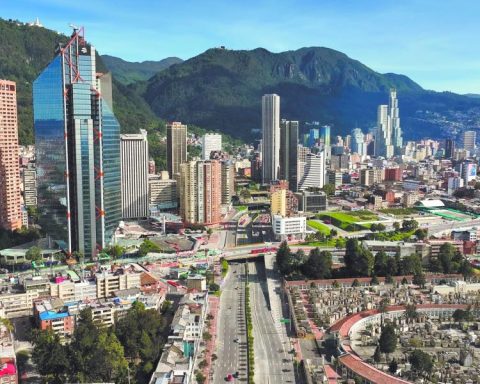Hospitals in Nepal began this Tuesday to deliver to the families the bodies of the victims of the plane crash that occurred on Sunday, including an Argentine businesswoman, in the worst air tragedy in this country for three decades.
The plane, a twin-engine ATR 72 of the Nepalese company Yeti Airlines with 68 passengers and four crew members on boardcrashed into a ravine near the Pokhara airport (downtown), the gateway for trekkers from all over the world.
All the occupants of the device, including 15 foreigners – five citizens of India, four Russians, two Koreans, one Argentine, one Australian, one Irish and one French – and six children, are dead, according to the authorities.
The Argentine Foreign Ministry, through the embassy in New Delhi (India), and the government of Neuquén work together to repatriate the body of Jannet Palavecinowhich was from one of the passengers on the plane.
According to the Nepal Civil Aviation Authority 70 bodies have been recovered so far (out of a total of 72 victims) and 25 of them have already been transported to Kathmanduthe Nepalese capital to deliver them to their relatives.
Meanwhile, 23 bodies are being taken to Kathmandu by the Nepal Army for autopsy at the University Hospital and another 22 bodies are being delivered to families in Pokhara, where the incident occurred.
The accident investigation
The cause of the accident is still unknownbut a video broadcast on social networks showed how the device turned sharply to the left as it approached the aerodrome, while a loud explosion was heard, according to the AFP news agency.
The black boxes of the device, manufactured by ATR, a subsidiary of Airbus and the Italian group Leonardo, were handed over to the authorities this Monday, said Bikram Raj Gautam, head of Pokhara International Airport.

“It seems that the flight, which was supposed to land on the east side, headed west and landed after making a turn. We don’t know if this was due to a mistake or a technical reason,” a local official, Tek, told AFP. Bahadur KC.
According to the Press Trust of India (PTI), the pilot, Anju Khatiwada, had entered Nepalese civil aviation after the death of her husband in an accident involving a small plane of passengers in 2006.
The country’s civil aviation sector, essential for bringing supplies to remote regions and moving climbers, has grown a lot in recent years.
But due to the lack of staff training and maintenance problems, companies often have security problems, according to AFP. The European Union therefore prohibited all Nepalese carriers from entering its airspace.
The worst air disaster in the history of this Himalayan country occurred in September 1992, when a Pakistan International Airlines plane crashed near Kathmandu. 167 people died.


















